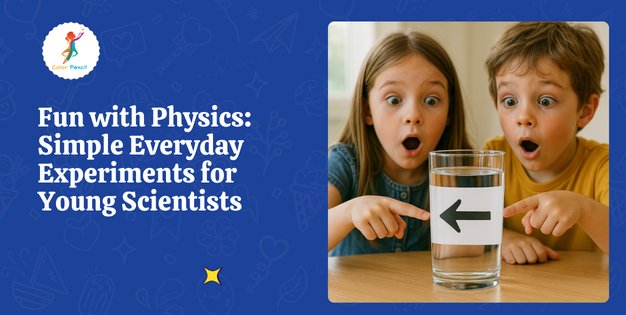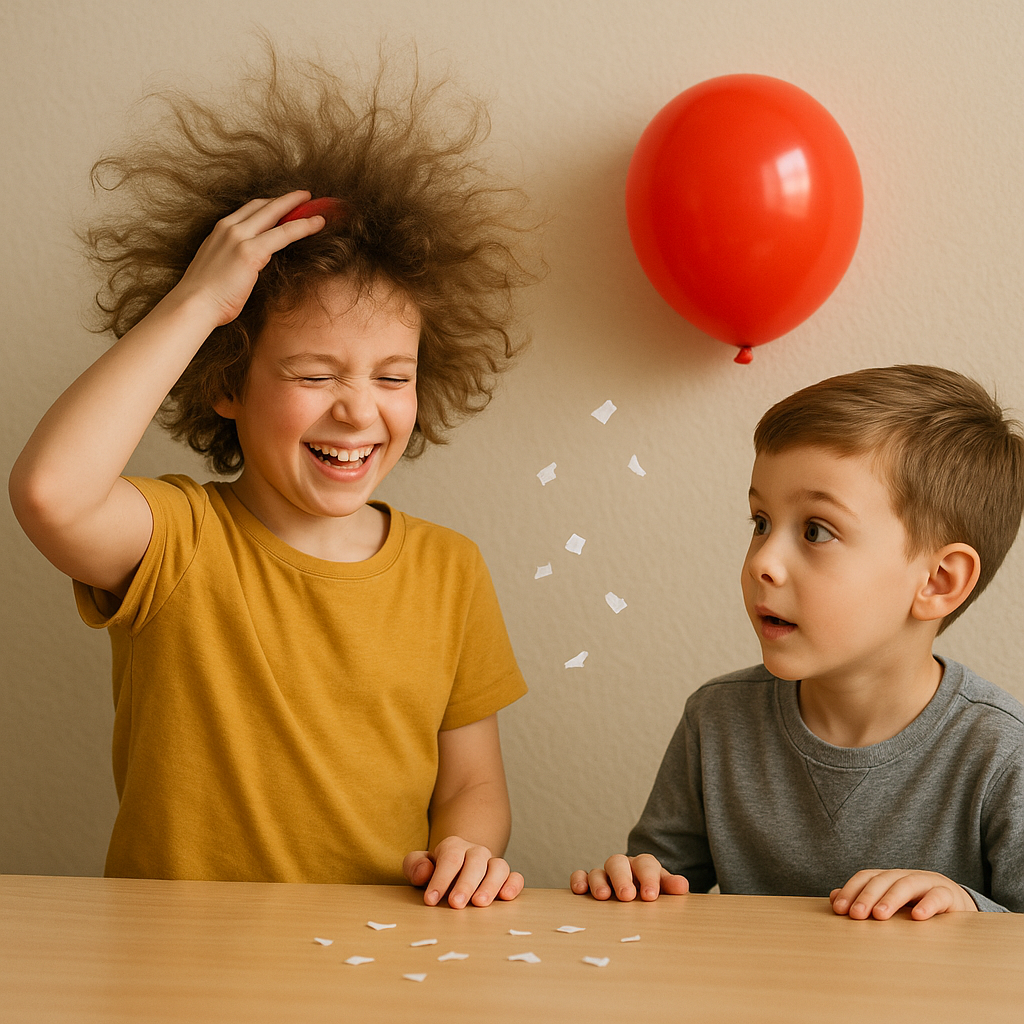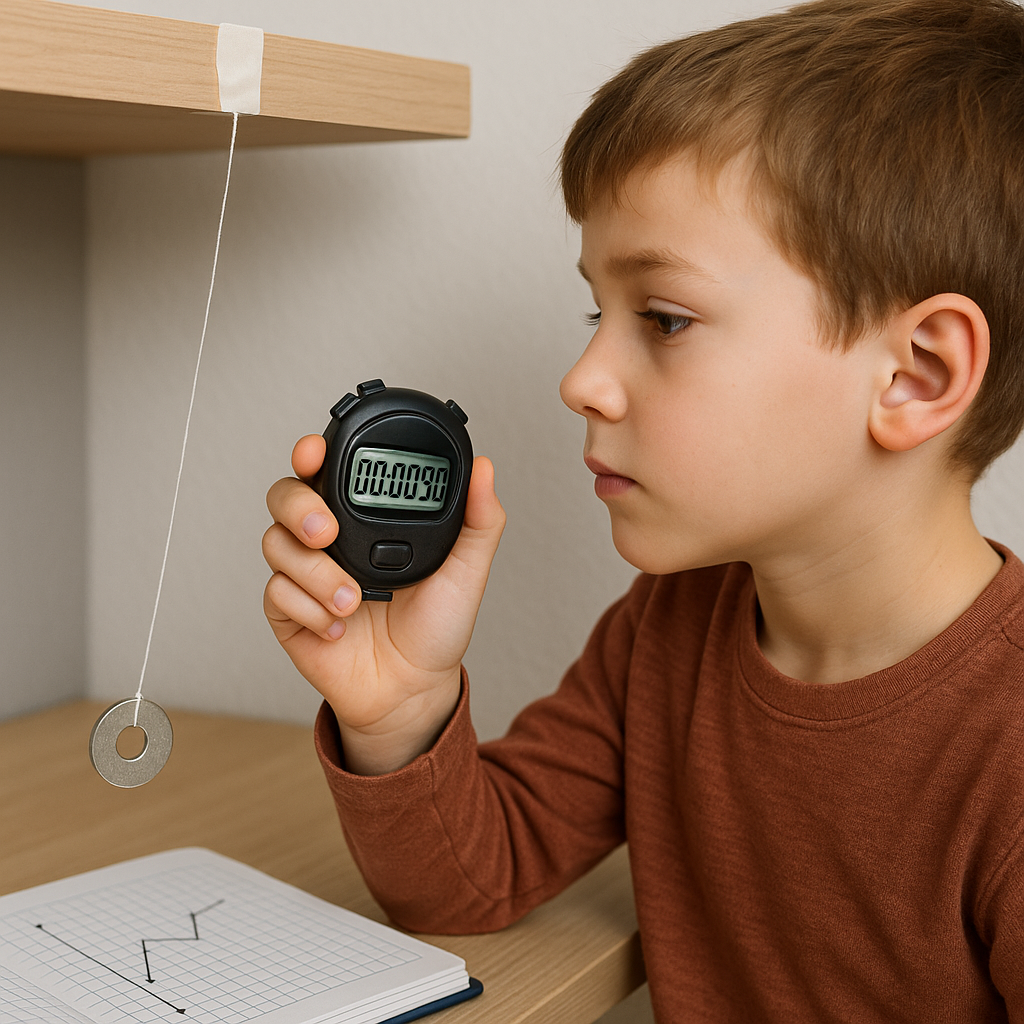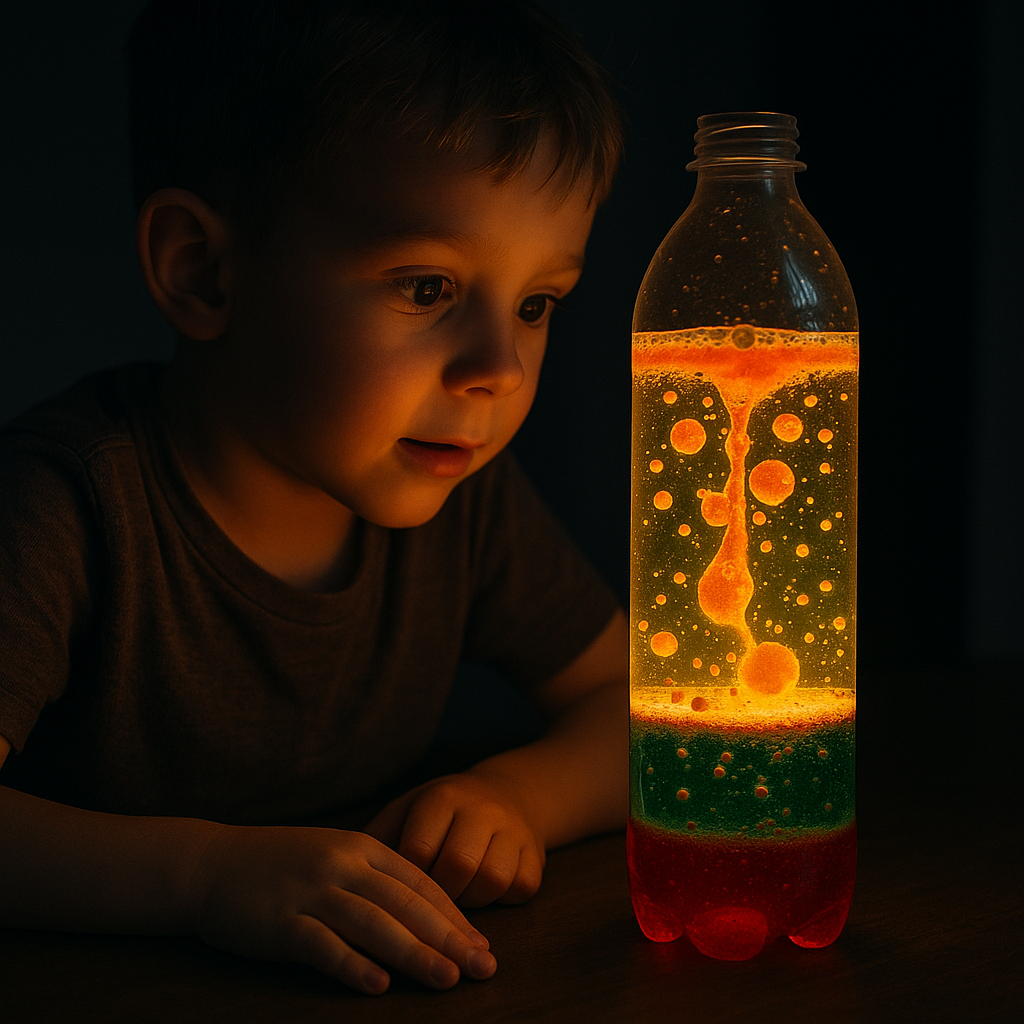
Top 10 Flashcard Combos for Holistic Toddler Learning
Did you know that up to 80% of a toddler’s brain develops in the first five years? As a parent, you’re likely eager to give

Physics is all around us—from the way a ball bounces to how we hear sound or see light. For young students, the best way to understand physics isn’t through textbooks alone—it’s through hands-on experiments that turn everyday materials into exciting learning tools.
In this blog, we’ve gathered a list of simple and safe experiments that parents and teachers can try at home or in the classroom. Each one teaches an important concept in physics, while encouraging children to ask questions, observe closely, and think critically.
What You Need:
What to Do:
Rub the balloon on your hair or cloth and try to stick it to a wall.
You can also try picking up small bits of paper using the balloon.
What It Teaches:
This shows static electricity—how electric charges build up and attract other objects.

What You Need:
What to Do:
Hang the string from a surface and swing the weight.
Try changing the length of the string and see what happens.
What It Teaches:
This demonstrates oscillation and how pendulum motion depends on string length.

What You Need:
What to Do:
Place the paper behind the glass. Slowly move it back.
You’ll see the arrow reverse direction!
What It Teaches:
This shows light refraction—how light bends when it passes through different materials.
What You Need:
What to Do:
Poke a hole in the bottom of each cup, insert the string, and tie it.
Stretch the string tight and talk into one cup—listen on the other.
What It Teaches:
Sound travels through vibrations in solid materials like string!
What You Need:
What to Do:
Fill both glasses with water. Add salt to one. Place an egg in both.
What It Teaches:
The egg floats in salty water due to increased density and buoyancy.
What You Need:
What to Do:
See how far away the magnet can attract the paper clip. Try hanging clips in a chain.
What It Teaches:
Magnetism and magnetic fields can pull objects without direct contact.
What You Need:
What to Do:
Spin the top and watch how it stays upright, then slowly wobbles and falls.
What It Teaches:
This demonstrates gyroscopic motion and center of gravity.
What You Need:
What to Do:
Fill the bottle with oil, then water. Add food coloring, then the tablet.
What It Teaches:
Demonstrates density differences and gas formation in a closed system.

These activities are ideal for children ages 6–12 and can be done with adult supervision using materials found at home.
Feeling Overwhelmed? Let’s Talk! Join Our Parent Forum and Get Expert Advice & Support!
Science is best understood through curiosity and experience. Encouraging children to explore, ask questions, and try simple experiments nurtures both creativity and critical thinking. Whether at home or in the classroom, hands-on learning turns abstract concepts into memorable discoveries. If your child enjoys these hands-on experiments, they’ll love testing their science knowledge with fun quizzes. Check out these science quiz questions for kids to reinforce what they’ve learned through interactive play.
Create a space where young minds feel free to explore—and don’t be afraid to get a little messy in the name of science. All it takes is a little curiosity, a few everyday materials, and a willingness to learn through doing.